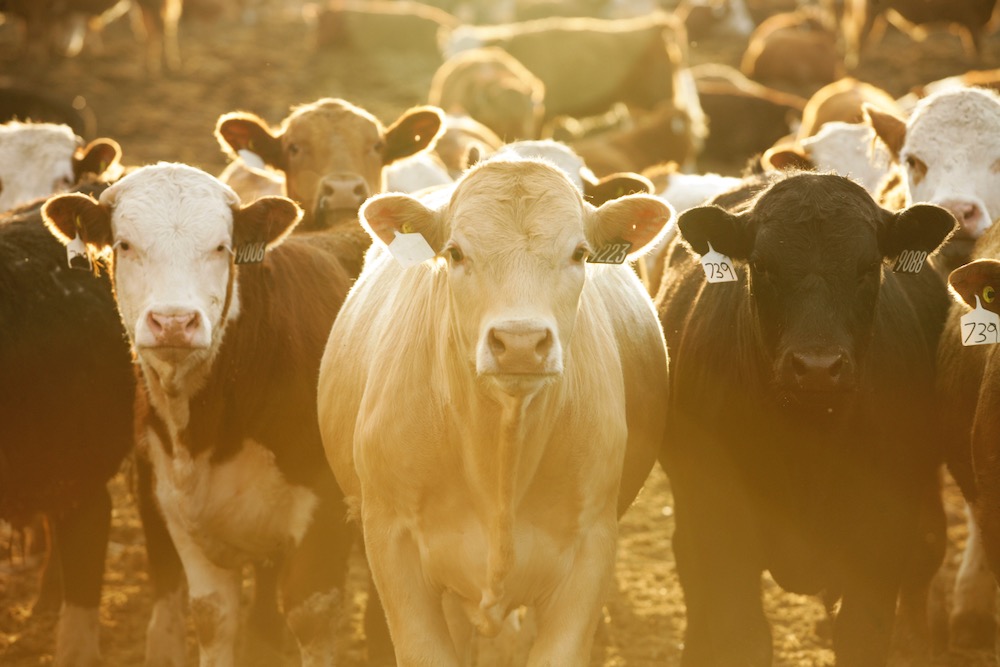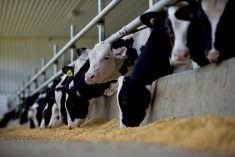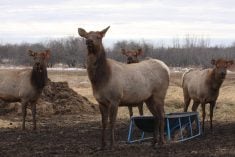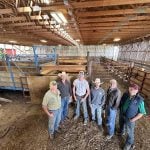Feb. 8 — A weaker Canadian dollar and softer feed grain prices have set a positive tone to the feeder cattle market in Western Canada. Finishing feedlots are realizing lower costs per pound gain and there appears to be renewed optimism as margins slowly improve.
Auction market numbers in Alberta are running 10 per cent above last year but the buying interest is absorbing the supplies, keeping prices surprisingly firm. There is a very strong seasonal tendency for the cattle markets to trend higher into the third week of March. This year is no exception as cattle feeders anticipate tighter supplies later in spring.
Read Also

U.S. livestock: Cattle futures drop on Trump call for lower prices
Cattle futures on the Chicago Mercantile Exchange dropped sharply on Wednesday, reacting to comments from United States President Donald Trump…
The U.S. southern Plains and parts of the Midwest experienced severe snow and wintry conditions this past week. Feedlots are not as efficient during extreme weather and the cattle market tends to incorporate a risk premium due to the uncertainty in production. U.S. first quarter beef production was expected to be down nearly 175 million pounds in comparison to last year. Adverse weather is causing some analysts to lower production estimates, which should increase demand for Canadian cattle and beef products.
Buyers are stepping forward for light-weight calves, less than 550 pounds. If the Canadian dollar dips to the US90-cent area as expected, there is potential for a surge in feeder cattle exports in March and April.
Auction market volumes have been running 10 per cent above last year and this trend will continue until March. At that time, the feeder market will move through a transition phase and available feeder cattle supplies will suddenly drop below year-ago levels. Therefore, I’m looking for prices to trend higher into late spring and early summer.
— Jerry Klassen is a commodity market analyst in Winnipeg and maintains an interest in the family feedlot in southern Alberta. He can be reached by email at [email protected] for questions or comments.
The material contained herein is for information purposes only and is not to be construed as an offer for the sale or purchase of securities, options and/or futures or futures options contracts. While the information in this publication cannot be guaranteed, it was obtained from sources believed to be reliable. The risk of loss in futures trading can be substantial. The article is an opinion only and may not be accurate about market direction in the future. Do not use this information to make buying or selling decision because adverse consequences may occur. This information may be wrong and may not be correct about current market conditions in all areas of Canada. This is an opinion only and not based on verified facts.












